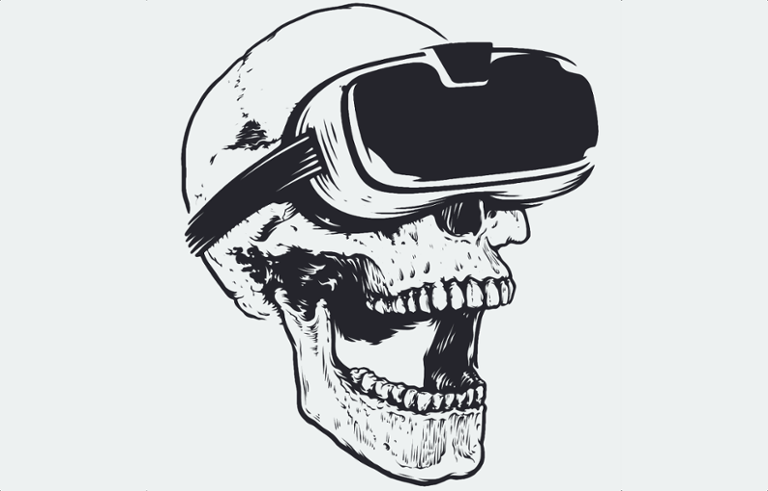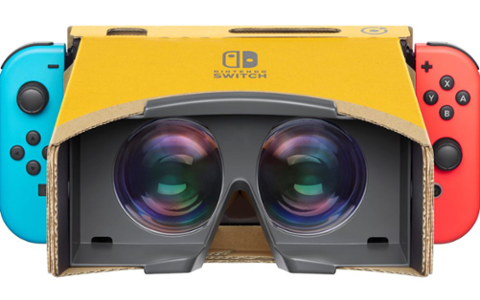With the release of its Pixel 4 smartphone, Google is officially ending its support for the Daydream virtual reality (VR) platform.
No, you probably don’t care. And you shouldn’t. Smartphone-based VR was a fun project Google and others quickly turned into something terrible.
I write this as someone who was at Google I/O in 2016, the year Daydream was launched. In the sweltering heat of Shoreline Amphitheatre (seriously, Google, stop with this outdoor keynote nonsense), Google tried to convince us all that smartphone-based virtual reality was a thing. There was a fancy new felt-covered headset that was oh-so-comfortable on your face, a clear (and misguided) slight at its previous smartphone VR system, Cardboard.
This is also the perspective of someone who was at Facebook’s F8 conference the year it gave away the Samsung Gear VR. I used it a few times, but the phone required for Gear VR, a Galaxy built to “handle” VR, overheated constantly while using it for virtual reality. After about ten minutes, the phone would shut itself down to stop from melting down. Or blowing up. Samsung was good at that.
(This is also the year I saw Mark Zuckerberg in the flesh. He is very small, and looks very scared around humans.)
The Pixel 4 won’t support Daydream, and Google is no longer making Daydream headsets. It’s not even selling Daydream anymore. Speaking to VentureBeat, Google gave the following statement:
We saw a lot of potential in smartphone VR — being able to use the smartphone you carry with you everywhere to power an immersive on-the-go experience. But over time we noticed some clear limitations constraining smartphone VR from being a viable long-term solution. Most notably, asking people to put their phone in a headset and lose access to the apps they use throughout the day causes immense friction.
There also hasn’t been the broad consumer or developer adoption we had hoped, and we’ve seen decreasing usage over time of the Daydream View headset. So while we are no longer selling Daydream View or supporting Daydream on Pixel 4, the Daydream app and store will remain available for existing users.
We’re investing heavily in helpful AR experiences like Google Lens, AR walking navigation in Maps, and AR in Search that use the smartphone camera to bridge the digital and physical worlds, helping people do more with what they see and learn about the world around them.
I’ll unpack this statement for you: Google never knew why smartphone-based VR was useful, it just knew it could do it, so it did. Its new position is, “Wow, we had no idea people would feel weird about not being able to use apps, or strapping a phone to their face.” Who knew, right? (Spoiler: we did, because we low-key called Daydream’s demise in May. We’re awesome.)
More unpacking: augmented reality is what matters. We've been calling that one, too. Hashtag-humblebrag.
When Cardboard launched, it was the weirdest I/O giveaway (back when I/O was in the air-conditioned and comfortable confines of Moscone West, a.k.a. the good ‘ol days). CEO Sundar Pichai just sort of said, "Yeah, so, grab your mystery prize on the way out of the keynote hall today," and everyone did Cardboard origami in the halls (seriously, the thing took some work to assemble) and pressed them to their face. We had virtual roller coasters, and other stupid time-wasting apps, and it was a neat way to showcase how powerful modern smartphones were. And that’s where it should have ended.
Cardboard was weird, and fun, and kinda cool... but not something anyone thought would have mass appeal. That Google thought differently is troubling but also hilarious. Others, like Samsung, are still doing mobile VR, but those days are numbered. Once the largest pillar falls, the entire facade will soon crumble. Google just shivved mobile VR in the gut. Now we just have to watch it bleed out.
So long, smartphone-based VR. We hardly cared.



